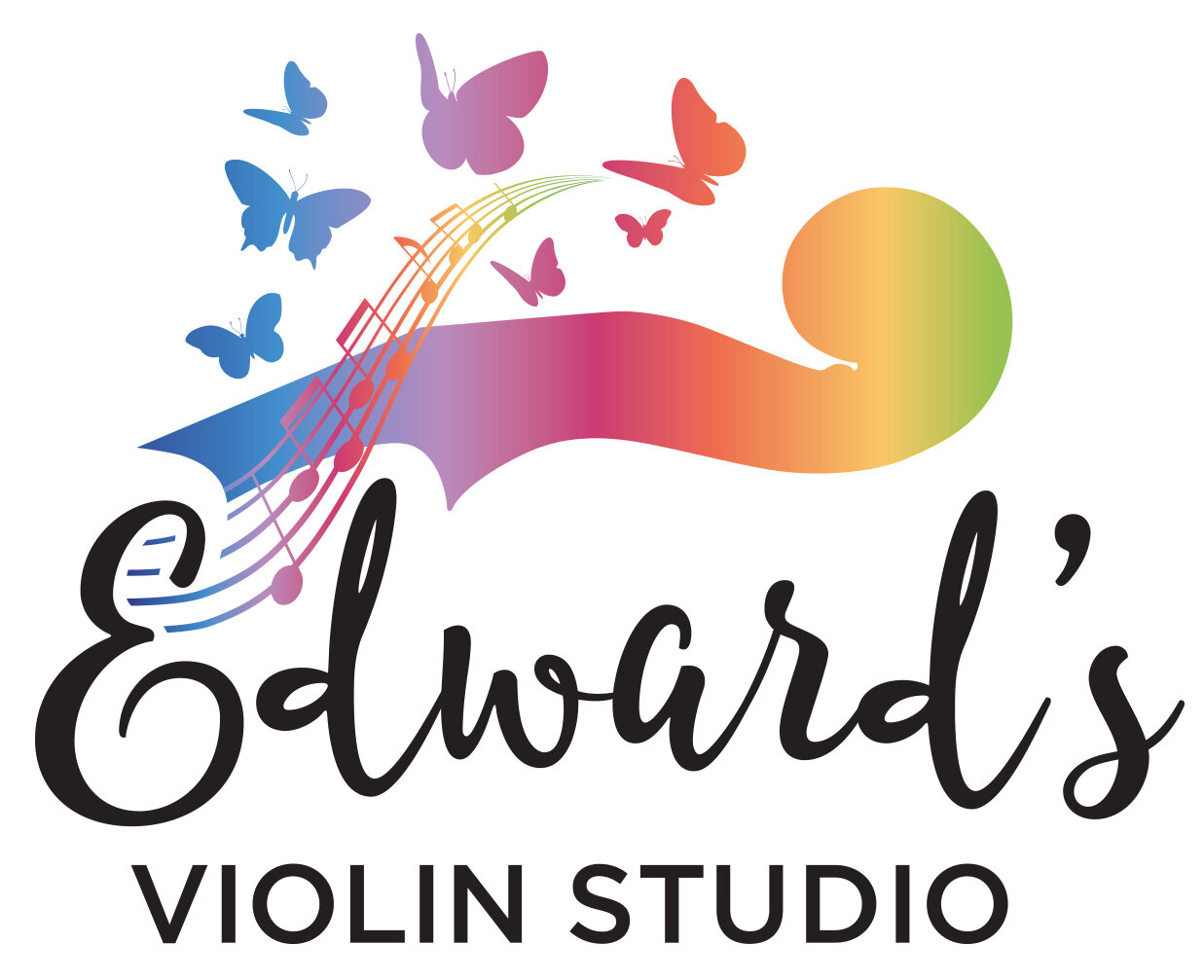The three assistants
how to sound better with less effort
Did you know you can work less hard and get more sound?
How?
By getting help from the “Three Assistants”. These three bow helpers will not only do the work for you, but deliver a better result in your playing.
The Three Assistants
Your first partner in playing is — your VIOLIN! It will literally help you hold the bow.
Your second assistant is — the EARTH. Feel it under your feet. The Earth will pull your bow arm down and sink it into the string.
Your ELBOW is your third helper….What!? What can your elbow do? A lot, as it turns out. But more on this in a minute…
Let’s take a look at how to ask each of these helpers to take some of the load off your playing. Do these on separate days so that you can really get the feel of it.
ASSISTANT 1: “Violin, please hold my bow”
Set your bow on the strings. Feel the violin holding the bow, as you relax your bow arm and hand.
Your only job is to LIFT the violin high enough so that it can help you. Once your violin is high enough, it will automatically help you carry the bow.
Can you feel the balance, as your bow rests on the string and your arm relaxes?
Now pull on the bow, letting your violin continue to support you. Wow! Do you hear a different kind of sound?
Your tone will open up and ring more as you let the violin help you balance.
ASSISTANT 2: “Earth, please sink my bow”
Set your bow on the strings as before. Feel the violin assisting you.
Now feel your arm becoming heavy, as you relax. The Earth’s gravity is pulling it down!
Feel your feet. Your body connects to the Earth. It is grounding your body, grounding your sound. You can relax and let gravity deepen your sound.
Bow up and down feeling gravity sinking your arm and hand into the bow. Feel your fingers settle onto the bow and relax.
Let the Earth guide your movement to flow downward into the strings. You do not have to push. The Earth will do it for you!
REMEMBER: Violin floats up, Bow sinks down. Opposites! Your job is to let your violin carry your bow and the earth to pull it down. All you have to do is let your violin float up like a bobber.
ASSISTANT 3: “Elbow, please start the motion.”
The key to bow motion is how it starts.
I’m going to say that again: The key to bow motion is how it starts.
Put your bow on a hard floor.
Give it a tap, at the screw end. How far does it go?
When you tap it harder, does it go farther? How about when you tap lightly?
Do you have to do anything else once you start it? Does it stop on its own or keep going?
The key is: the way you start. All the rest of the motion just follows on its own.
Open your Elbow
Start the bow motion by opening your elbow, and sinking slightly there. Let your hand and fingers follow that.
It goes a bit to the front, and down. NOT to the side. [You might want to take a look at the video for help with this.]
Do not pull or grab with your hand. Your fingers are just passengers on the bus.
Practice 20 downbows to feel how effortless this is!
(BUT WHAT ABOUT THE UPBOW? Here you start the motion with your wrist. Soften that joint, and let the hand and fingers follow. This is fourth assistant - but your first job is to get the feel of the elbow on the downbow.)
Don’t try so hard
When you let these three friendly assistants do their job, you don’t have so much to do.
If you feel like you are working really hard — time to let the assistants take over!
If you feel like your sound is heavy or pressed — time to let the assistants take over!
If you are getting tense and tight — time to let the assistants take over!
Practice the art of doing less, and discover a whole new world of good sound.
~~~
Be sure to sign up for the Happy Practicing Newsletter so you don’t miss new articles!
See the video practice for this article on YouTube @FiveMinuteViolin.
